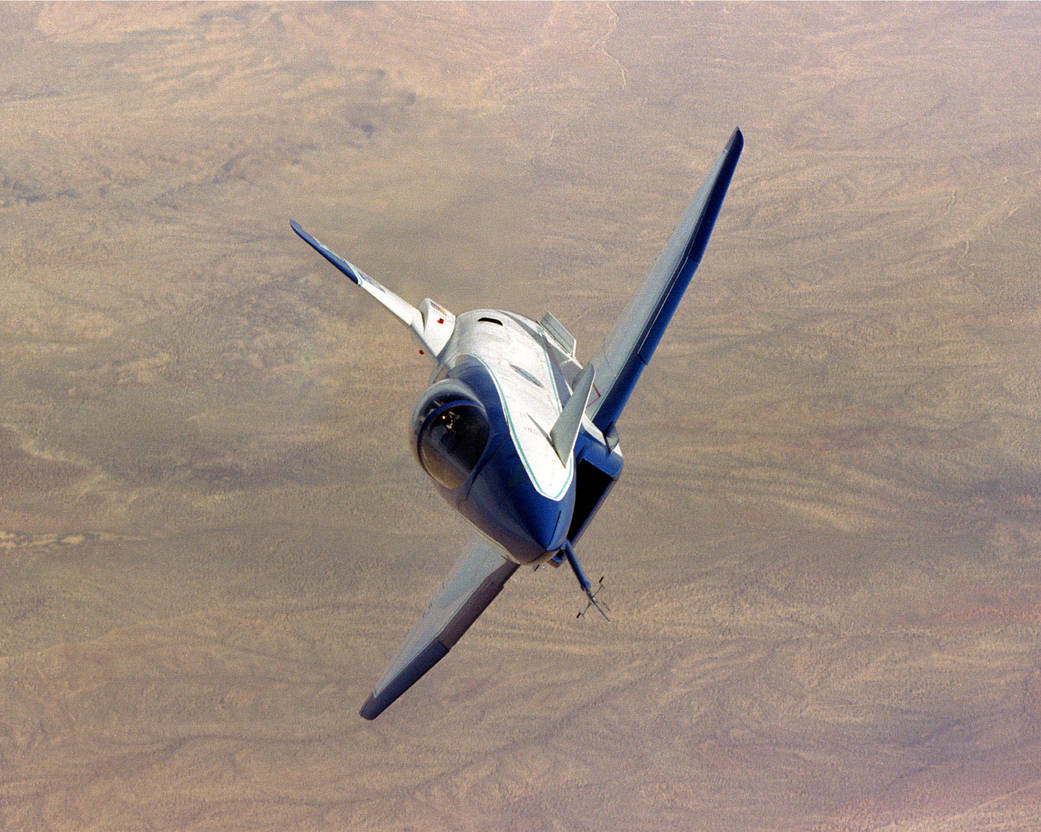Rockwell Aerospace, North American Aircraft, and Deutsche Aerospace manufactured two airframes. They flew a total of 555 flights between 1990-1995. In a joint program involving the Defense Advanced Research Projects Agency, the U.S. Navy, German Federal Ministry of Defense, Deutsche Aerospace, Rockwell International, the U.S. Air Force, and NASA, this Enhanced Fighter maneuverability demonstrator showed the value of using thrust vectoring (by means of carbon-carbon paddles) coupled with advanced flight control systems to provide high maneuverability and controlled flight at high angles of attack. Featuring a delta-shaped, composite, twisted camber wing and strakes on the rear fuselage, the X-31 achieved stabilized flight at 70° angle of attack. With nose strakes added to increase stability, the aircraft exhibited remarkable “post-stall” maneuverability, such as a 180° turn at an extremely high angle of attack, known as the “Herbst maneuver.”
1 min read



























